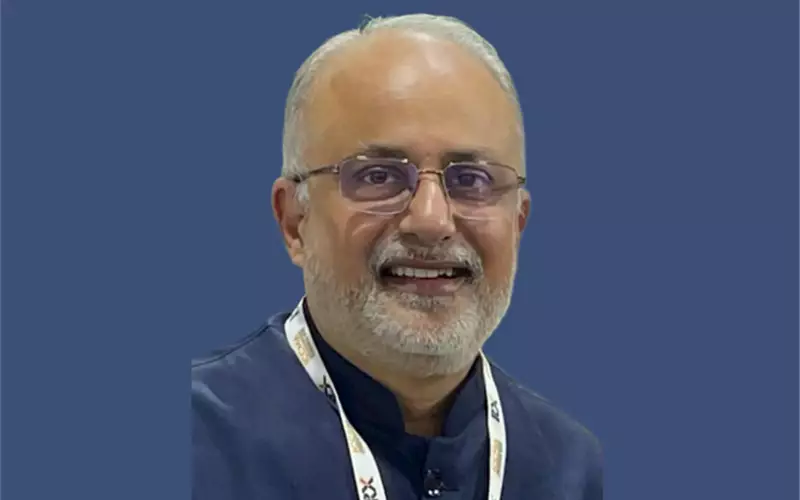Pamex 2024: Set to get inside the world of textile printing
Pamex 2024 will be held 6-9 February 2024 at the Bombay Exhibition Centre (BEC) in Mumbai. The show will see the inclusion of exhibitors from the textile world. In this column, Tushar Dhote discusses textile printing techniques, and how it opens up new opportunities
22 Dec 2023 | By Tushar Dhote
Continuing with the theme of Convergence in Print, Pamex 2024 will see an exciting addition to the exhibitor's profile: textile and signage printing. This new development highlights digital print's increasing popularity and usefulness in the textile industry, as a powerful tool for creating customised fabric and upholstery. These printing processes require specialised equipment, similar to the large-format digital printers commonly used in other industries. However, the machines are equipped with different types of heads and inks specifically designed to suit the unique substrate of textiles and signage. With this technology, the possibilities for creative and personalised design are endless.
Digital textile printing techniques
Let’s discuss sublimation printing. In this technique, sublimation inks are heat transferred onto the fabric, converting into gas and permeating the fibres. The result is a vibrant, durable, and long-lasting print that does not fade or crack. Sublimation printing is commonly used for sportswear, active wear, and polyester fabrics.
Direct-to-film printing, also known as (DIF) film transfer printing, is a specific technique within textile printing. It involves printing a design directly onto a thin film or transfer paper, then transferring it onto the fabric using heat and pressure. This technique allows for high-resolution printing and precise detailing on almost any fabric material.
Direct-to-garment (DTG) printing is a technique that involves using specialised inkjet printers to print the design onto the fabric directly. It provides high-quality and detailed prints with unlimited colours and designs. DTG printing is ideal for small production runs or customised designs.
Major textile cities
I recently travelled to Surat, Jetpur, and Tirupur, which are three major cities famous for textile fabric printing and converting. These cities use various technologies such as rotary, screen, and digital to meet the specific needs of fabric converters. It was truly amazing to see numerous small to large printing units catering to the specific requirements of consumers, ranging from sarees to dress materials, to sportswear. These units supply their printed products to various parts of India.
India's position in the global textile printing and converting industry characterises its large production capacity, cost competitiveness, variety of products, and compliance with international quality standards. It serves as a critical supplier to several global brands and retailers. The industry exports a significant portion of its products to countries worldwide, including the United States, Europe, and the Middle East.
Can textile printing be a new vertical?
Technological advancements have significantly contributed to the growth of the textile industry. Digital printing, in particular, has become a popular method for textile printing in India. It provides several benefits such as the flexibility to print small quantities, high-quality prints, and customisation options, making it a preferred choice for many buyers worldwide.
Furthermore, India has made significant efforts towards sustainable practices in the textile industry. Numerous printing and converting units across the country have implemented eco-friendly methods, including water-based inks and environmentally friendly dyes. These measures aim to reduce pollution and minimise the industry's carbon footprint.
We aim to make Pamex a comprehensive event covering all printing processes and presenting them to the print community on a single platform. This will provide new business opportunities and verticals for our members. We have partnered with three of India's leading textile printing associations, namely the Tirupur Export Knit Printers Association, the Rotary Screen Printers Association, and the Jetpur Dyeing and Printing Association. By collaborating with them, we hope to receive support and share knowledge.
We also anticipate attracting more textile printers to Pamex 2024, who will have the opportunity to see the commercial, packaging, and label industry on display.











 See All
See All